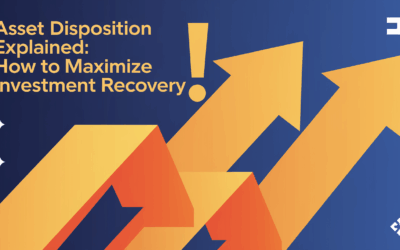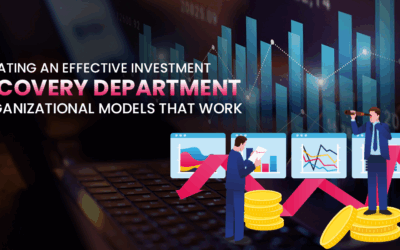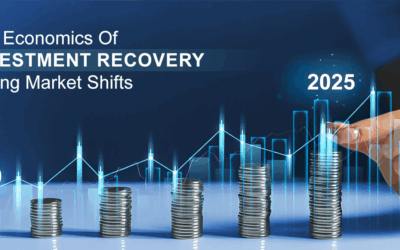Empowering Sustainability Through Surplus Asset Management
Introduction
In the realm of investment recovery and surplus asset management, sustainability is not just a buzzword; it’s a strategic approach that can significantly impact both the environment and the bottom line. At the Investment Recovery Association, we understand that sustainability and asset management go hand in hand. This blog post explores how integrating sustainability into surplus asset management can drive value recovery and support environmental goals.
Understanding the Perspective
To engage upper management in sustainability initiatives, it’s crucial to align these efforts with the company’s overall goals and values. By understanding their priorities and concerns, you can propose sustainability strategies that resonate with their objectives.
Starting Small with Pilot Projects
Introducing small-scale pilot projects allows upper management to test the waters and see the tangible benefits of sustainability initiatives. This can build confidence and support for larger-scale efforts in the future.
Demonstrating Business Value
Sustainability is not just about being environmentally friendly; it’s also about economic benefits. Highlighting the cost savings, revenue generation, and risk mitigation associated with sustainable surplus asset management can help secure buy-in from decision-makers.
Engaging Stakeholders
Involving employees, customers, and other stakeholders in the sustainability conversation makes the initiatives more compelling and can lead to innovative ideas and stronger support.
Educating and Raising Awareness
Ensuring that upper management understands the importance of sustainability and its relevance to the industry is key. Educating them about the environmental and social impact of their decisions can drive meaningful change.
Benchmarking Competitors
Showcasing the sustainability efforts of competitors can provide motivation and a sense of urgency to adopt similar practices.
Quantifying Impact
Providing data on the potential environmental and social impact of sustainability initiatives can make the case for action more compelling.
The 10 R’s of Circularity
Expanding the scope of the traditional “reduce, reuse, recycle” mantra, the 10 R’s of Circularity include additional principles like refuse, redesign, and reclaim. These principles guide our approach to managing surplus assets in a way that minimizes waste and maximizes resource efficiency.
Product vs. Process Focus
In surplus asset management, it’s essential to differentiate between a product and a process focus. While a product focus examines the environmental impact of manufacturing and disposal, a process focus, or “servitization,” emphasizes shifting from a product-centric to a service-centric business model. This approach reduces waste and promotes sustainability.
Top Sustainability Strategies:
- Landfill Last Policies: Encouraging the recycling of fully depreciated or under-utilized equipment reduces storage costs and environmental impact.
- Reuse/Resell Equipment: Extending the lifecycle of equipment through reuse or resale supports capital recovery and significantly reduces greenhouse gas emissions.
- Adopt Sustainability Goals Early: Proactively integrating sustainability into operations helps avoid negative impacts from regulation and changing consumer preferences.
Conclusion
At the Investment Recovery Association, we believe that sustainability and surplus asset management are intrinsically linked. By adopting sustainable practices, we can not only recover value from surplus assets but also contribute to a more sustainable future. Join us in this journey towards a greener, more efficient approach to asset management.



